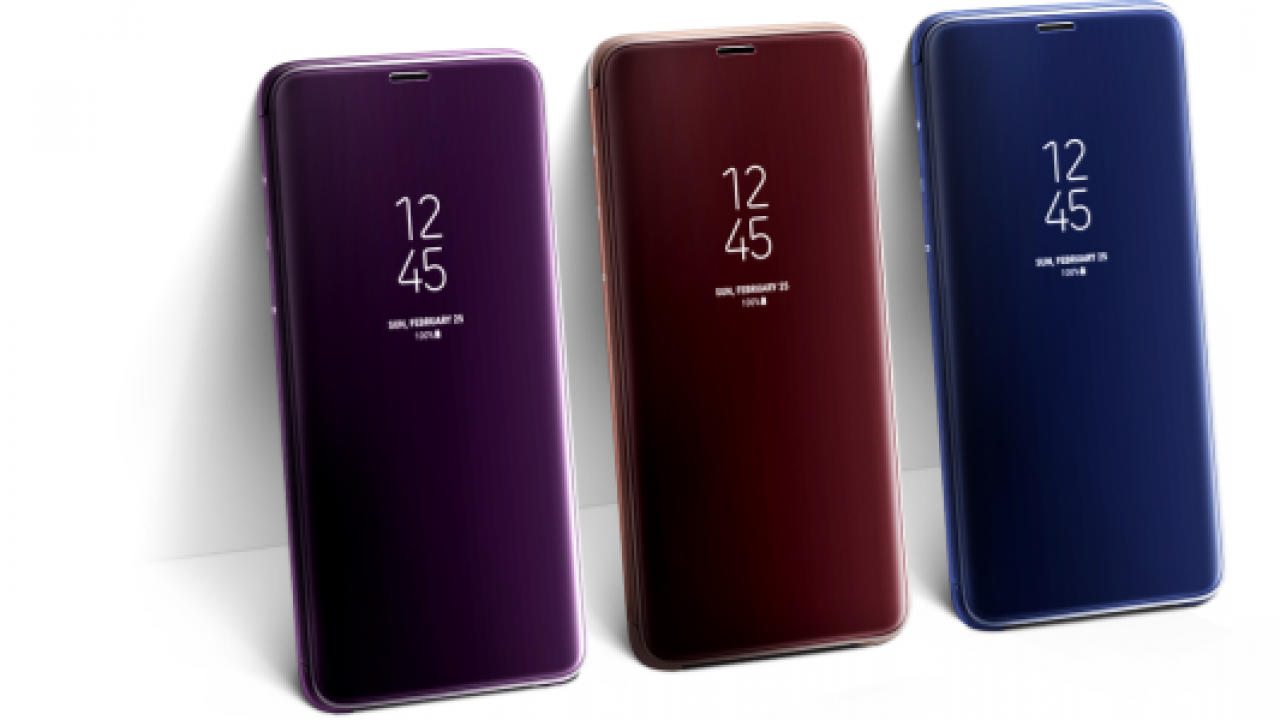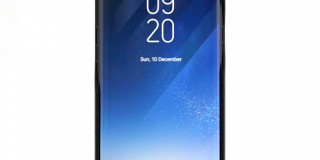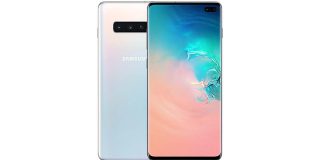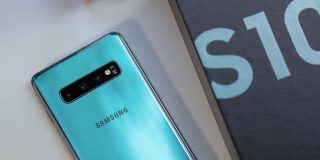Not Receiving Text Messages On Galaxy S9 And Galaxy S9 Plus

One of the core functions of a smartphones remains the same, which is for communication. One of the most convenient and standard ways to do this is through text messaging. Problems arise when device users suddenly find out that they are not receiving text messages. Even more frustrating is the fact that this can happen even in Samsung’s top-of-the-line Galaxy S9 and S9 Plus.
The problems itself also has two parts. One affects outgoing messages and the other affects reception. The two different issues can simultaneously affect some users. Usually, though most experience just one.
The issue can sometimes stem from the other person’s device. It could be that the other person is just using an iPhone or a non-Android. The opposite also happens where users sending messages from the Galaxy to iPhones might fail.
Similar issues have arisen between Blackberry and Windows phones. This could be due to the discrepancies in text formats used by different devices which can sometimes interfere with messages.
Device owners will need to take note of the messaging app their devices have. Most iPhones usually have the iMessage and its corresponding format. Samsung phones use a different format. Both are incompatible with each other causing message sending and receiving to fail. Both devices will have trouble reading another device’s message format.
There are also cases where Samsung Galaxy S9 and Galaxy S9 Plus owners who used an iPhone SIM card in their newly bought devices might be able to receive iMessages but be unable to receive and send regular SMS messages. To fix issues such as this, there are a few steps in order and will take just a few minutes, check them out below.
The initial solution below requires an iPhone, preferably one that used to house the SIM card at issue. If done correctly, it should eliminate the need for a new SIM card.
A step-by-step fix for Samsung Galaxy S9 and Galaxy S9 Plus not receiving messages (iPhone required):
- Press the power button on the right side of the device and hold it until a Power Off prompt appears on-screen
- Tap the Power Off icon to shut the device down, wait for all the lights to go off
- Locate the SIM card tray, it can be found at the top of the device
- There should be a small hole beside the SIM card tray location which can only be accessed using an ejector pin, a needle, or a paper clip
- Insert a the ejector pin or whichever into the hole to eject the SIM card tray
- Take out the SIM card and place it back into the iPhone you removed it from
- Turn on the said iPhone and let it connect to the SIM network
- Check to see if the connection is 3G or LTE, this can be seen in the notification bar of the iPhone. If it isn’t, then move to a more open location and until the connection type is indicated
- Afterwards, go to the iPhone’s settings by locating and tapping the Settings app
- In the iPhone’s settings interface, located Messages and tap it
- In Messages, look for iMessage and turn it off
- Then, shut the iPhone down and remove the SIM card
- Place the SIM card back into the SIM card tray of the Samsung Galaxy S9 or Galaxy S9 Plus
- Insert the tray back in to the slot at the top of the device and make sure it is firmly put in place
- Power the device on and let the phone connect to the SIM network
Following these steps, users should now be able to send and receive regular SMS messages with no problem. However, for those who have already discarded or have no access to their old iPhones before the switch to Samsung Galaxy S9 or Galaxy S9 Plus need not worry since there are steps that can be followed to disable iMessage without the physical iPhone.
Fixing iMessage Problems
In order to disable iMessage for your Samsung Galaxy S9 and S9 Plus without an old iPhone, owners need only visit Apple’s Deregister Message page for their iPhones. There, former iPhone users will be able to remove the link between their SIM card and iMessage, simply scroll down to “No longer have your iPhone?”
There should be a phone number field in there, simply put your SIM card’s designated number and wait for Apple to send a message containing a confirmation number. Type this confirmation number into the field next to “Enter Confirmation Code.” Users will need to click on submit afterwards. Should users enter the correct number and it gets verified by Apple, then the SIM card will no longer use the iMessage as its default format. This should also default your SIM card into Android’s SMS format for any Android device.
Both workarounds should be effective, you simply need to pick which is more practical and convenient for you. After following either, simply test your Samsung Galaxy S9 or Galaxy S9 Plus by sending a message or having another phone send a message to it. You should have no more problems with receiving or sending SMS text messages.
















